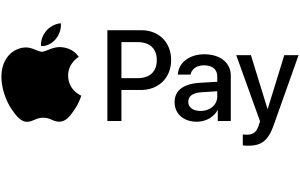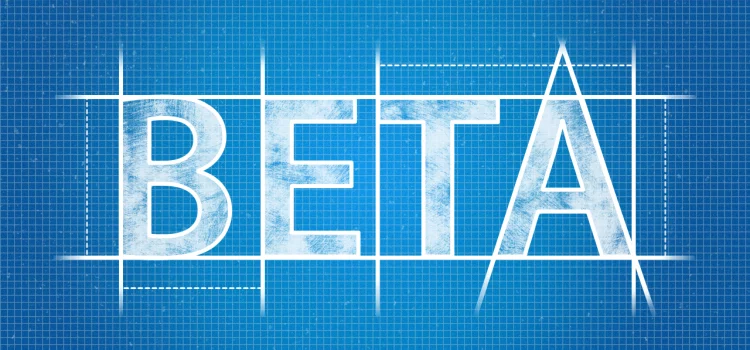
Introduction:
Beta software provides developers with a unique opportunity to test and optimize their applications with the latest features and improvements before the official release. Among the critical aspects of beta testing is ensuring the smooth functioning of payment functionality, especially when it comes to Apple Pay. This article explores the significance of testing payment functionality with Apple Pay on beta software and provides guidelines for developers to conduct effective testing.
Understanding Beta Software and Apple Pay Integration:
Beta software refers to pre-release versions of software that undergo testing and feedback collection before the official launch. Developers use beta versions to identify and resolve bugs, improve performance, and gather user insights. Integrating Apple Pay into beta software allows developers to ensure a seamless payment experience for users.
Different Types of Beta Software:
Apple provides two main types of beta software:
Developer Beta:
Available to registered developers, developer betas allow them to test their apps’ payment functionality with Apple Pay on the latest iOS version.
Public Beta:
Sometimes, Apple releases public betas that non-developers can access to participate in testing. However, it’s essential to note that public beta versions might not be as stable as the final releases.
Utilizing TestFlight for Beta App Distribution:
To test payment functionality on your app, developers can use TestFlight. It is Apple’s platform for distributing beta versions of apps to selected testers, allowing developers to gather valuable feedback before the app’s official release on the App Store.
Apple Pay Sandbox for Testing Transactions:
Developers can test Apple Pay transactions without processing actual payments using the Apple Pay sandbox environment. This environment supports various countries and regions, enabling simulated payment scenarios for testing.

Necessary Preparations for Apple Pay Testing:
Before testing Apple Pay functionality, developers must ensure their Apple Developer account is properly configured for Apple Pay. This includes registering a merchant ID, creating certificates, and verifying the website domain for web-based implementations.
Setting Up a Sandbox Tester Account:
Developers can create sandbox tester accounts in App Store Connect to simulate payment interactions using test credit and debit cards. These tester accounts enable the safe testing of payment functionality without using personal production cards.
Testing with Test Cards:
Apple provides a list of test card numbers for different payment networks (American Express, Discover, Mastercard, Visa, and China UnionPay) that developers can use for testing Apple Pay on supported devices.
Conducting Real-Device Testing:
To ensure accurate testing results, developers should conduct testing on actual devices. This step provides insights into how Apple Pay functions in real-world scenarios.
Backing Up Data:
Since beta software can be unstable, it’s essential to back up devices before installing beta versions. This precautionary measure allows users to revert to a stable version if necessary.
Reporting Feedback and Issues:
During testing, if developers encounter any issues or bugs related to Apple Pay functionality, they should report them to Apple or the relevant development team. Feedback helps improve the performance and security of the software.
Conclusion:
Testing payment functionality with Apple Pay on beta software is crucial for developers to ensure a seamless user experience and identify potential issues before the official release. By using the Apple Pay sandbox environment, TestFlight, and real devices, developers can thoroughly test payment interactions and optimize their applications for secure and efficient transactions. Embracing beta testing allows developers to fine-tune their apps, ensuring smooth Apple Pay integration for users worldwide.










